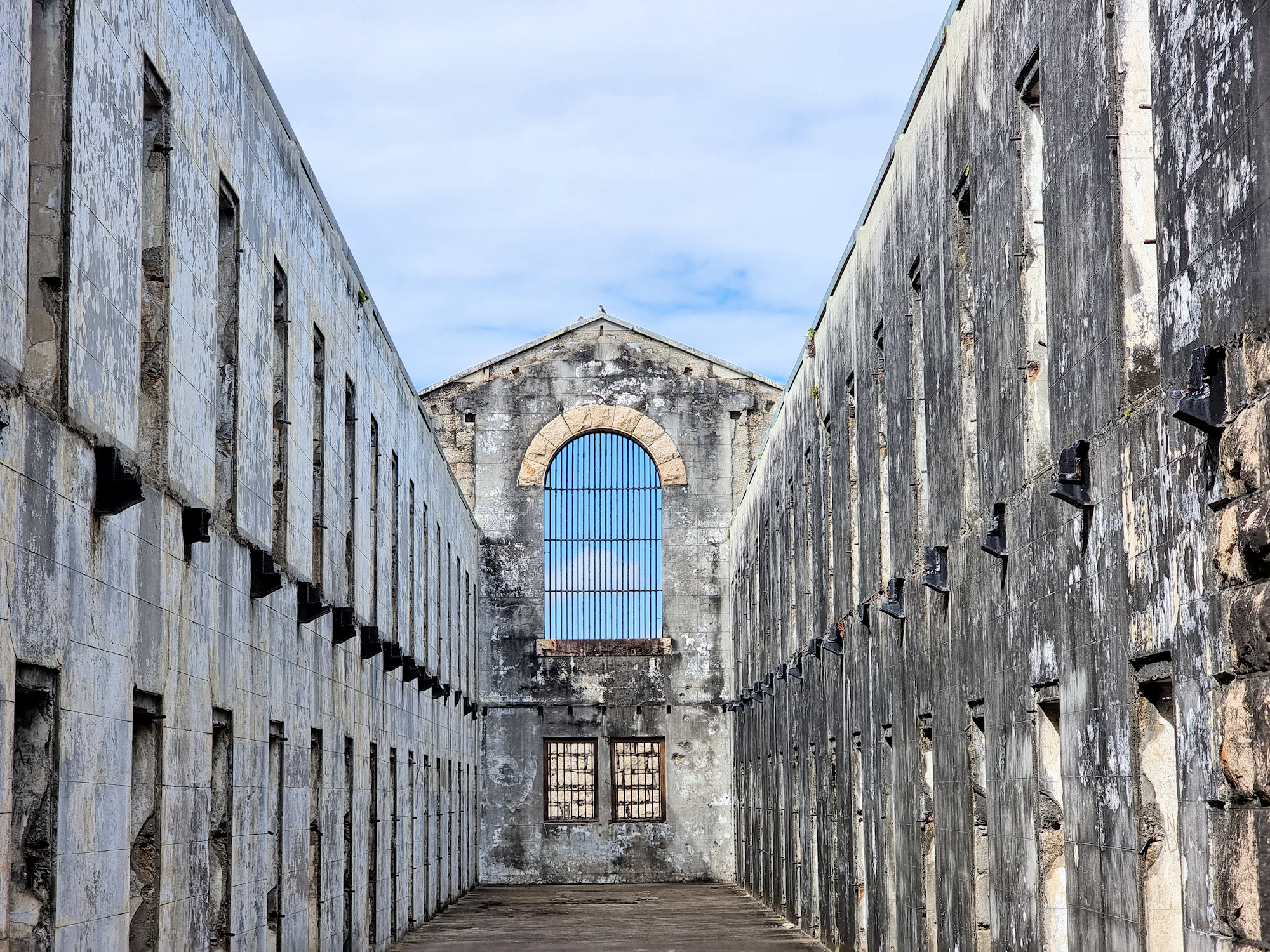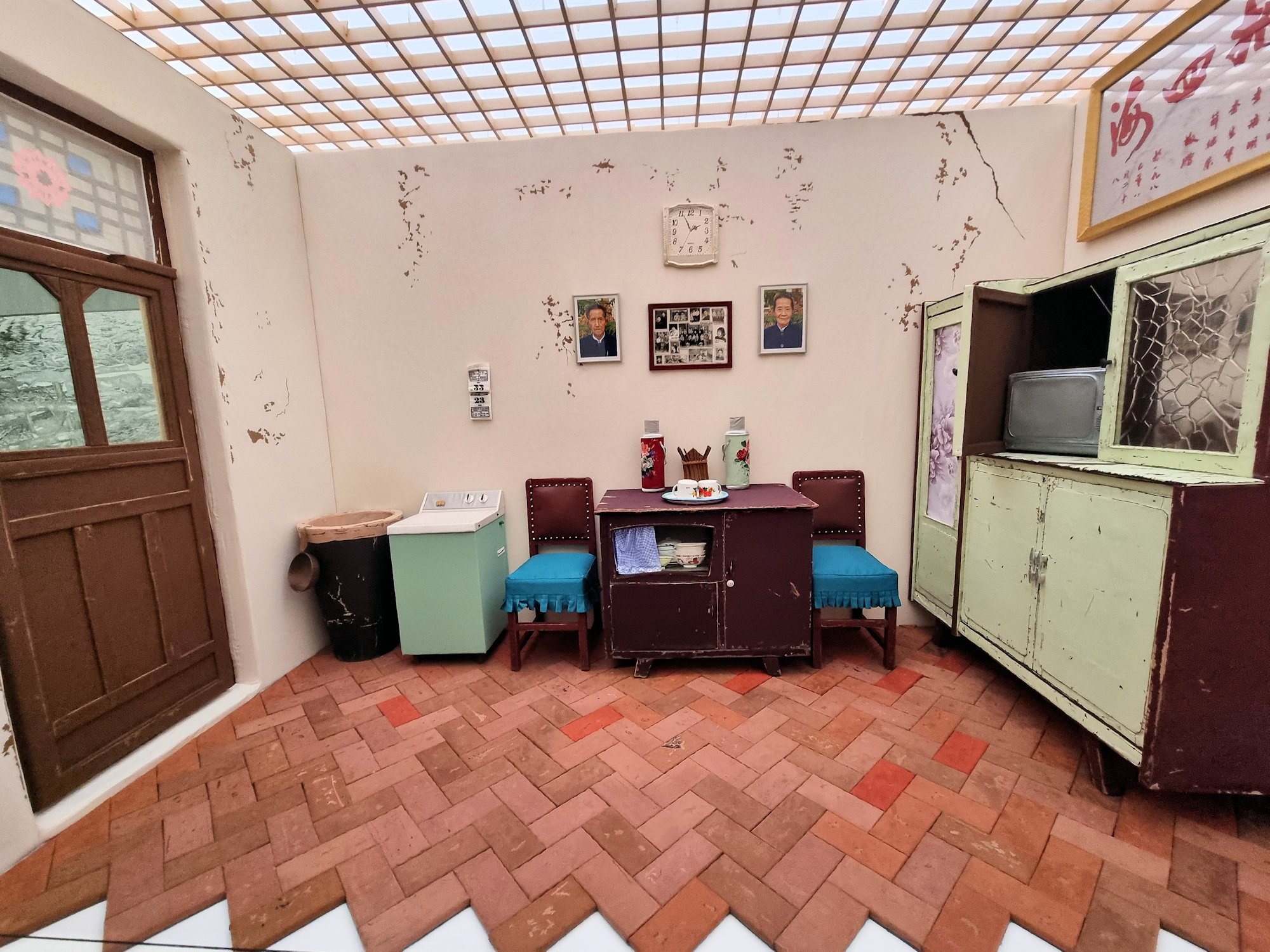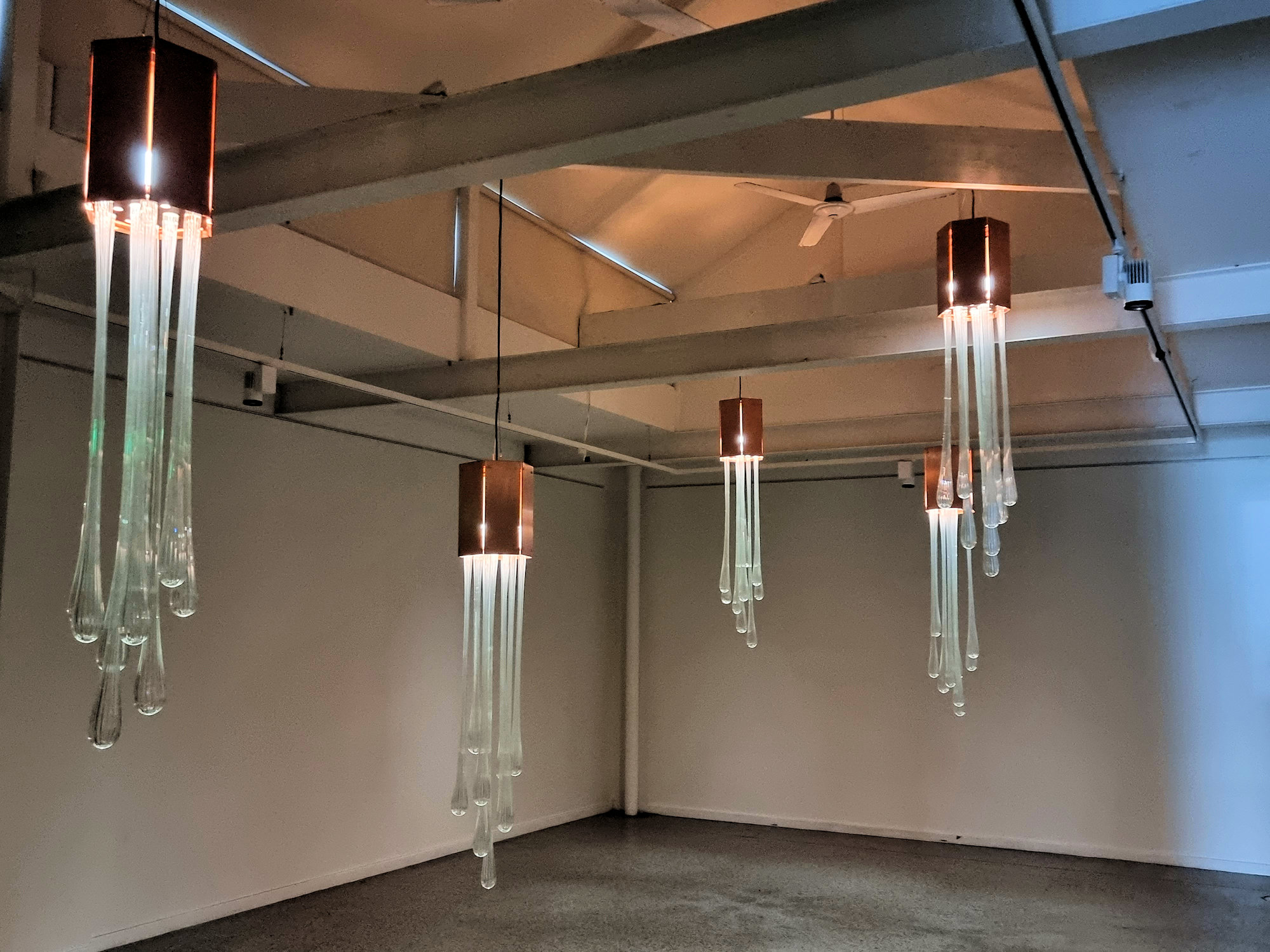Tag: NSW
-
Trial Bay Gaol

Trial Bay Gaol Now a heritage listed ruin, Trial Bay Gaol originally served as housing for a prisoner labour force to build a nearby breakwater. The breakwater was intended to provide a safe harbour for ships sailing up the eastern Australian coast. Construction of the gaol commenced in 1877, with work on the breakwater following… Read more
-
White Rabbit Gallery 2023

White Rabbit Gallery 2023 Open until 14 May 2023, “Shuo Shu”, at the White Rabbit Gallery in Chippindale, Sydney shows the progression of story telling in China. Using various mediums from traditional paintings and sculptures to video displays it takes you on a journey from 4000 years ago to the present. Opened in 2009, The… Read more
-
The Newcastle Lock-Up 2023

The Newcastle Lock-Up 2023 On display at the Newcastle Lock-Up until 5 February 2023, “Everything was beautiful and nothing hurt” by Alex Seton was specifically made for the cells of the Lock-Up. The title of the show refers to Kurt Vonnegut’s anti-war novel “Slaughterhouse-Five” about the fire bombing of Dresden that dislocates linear time. These… Read more